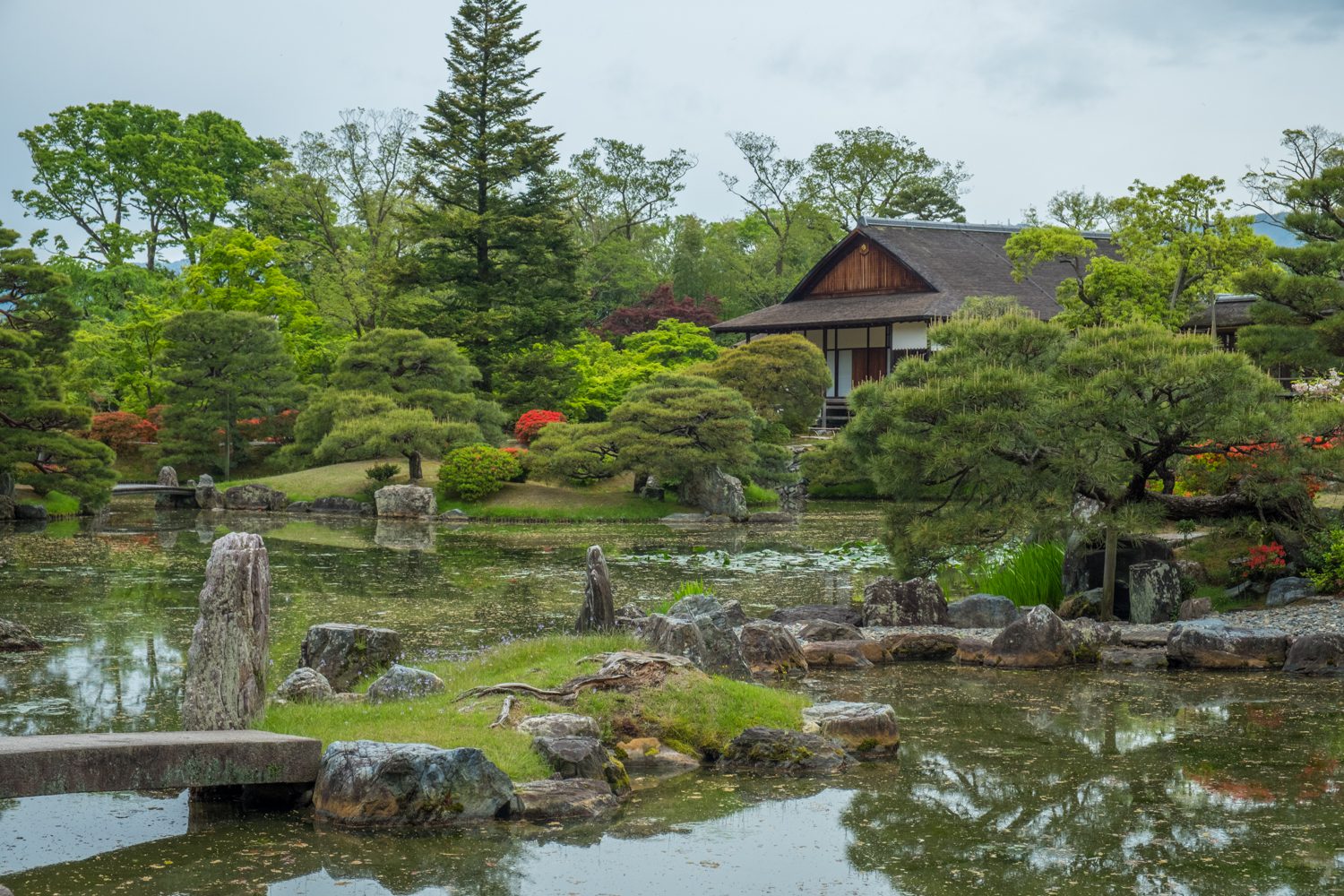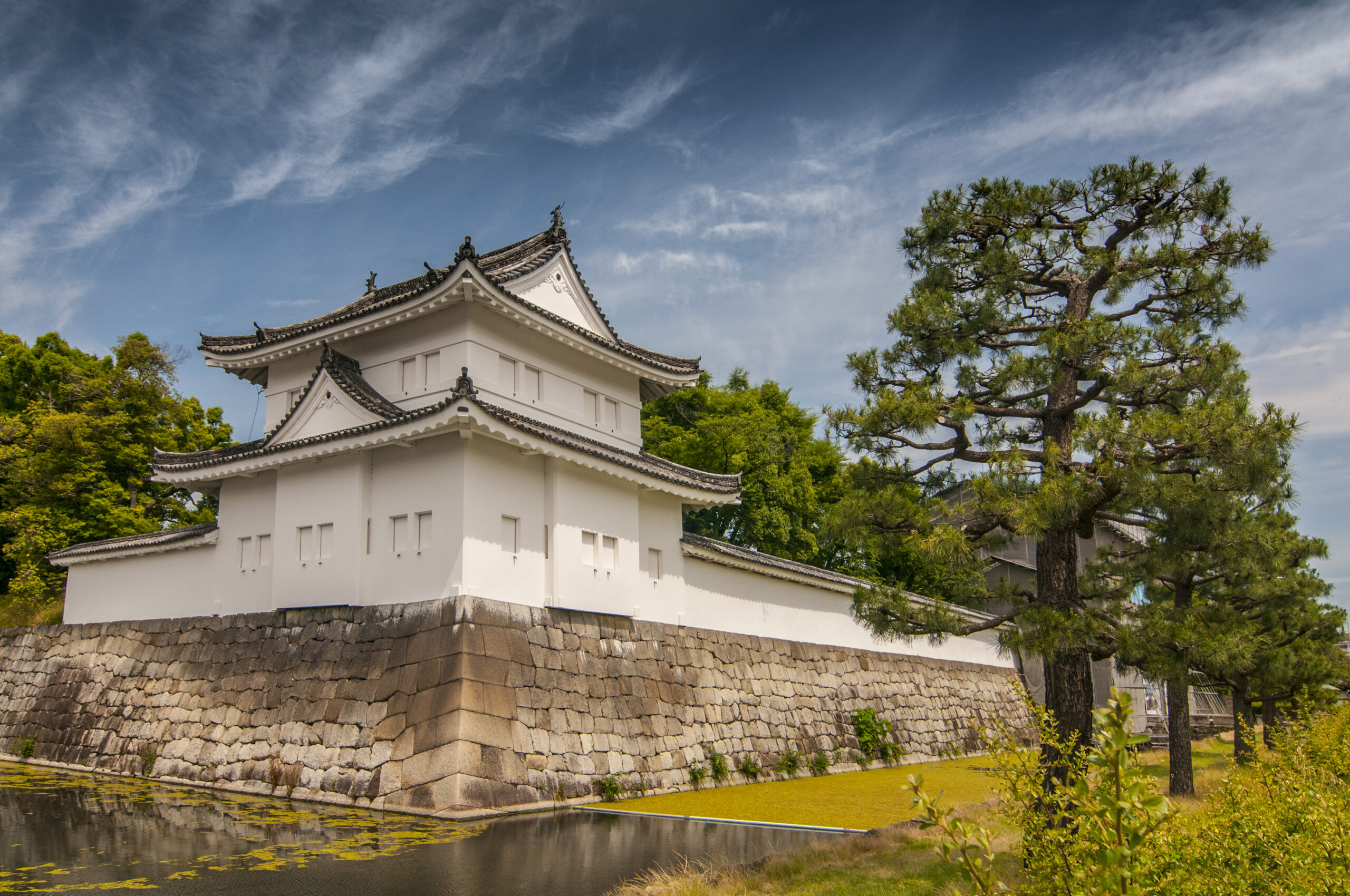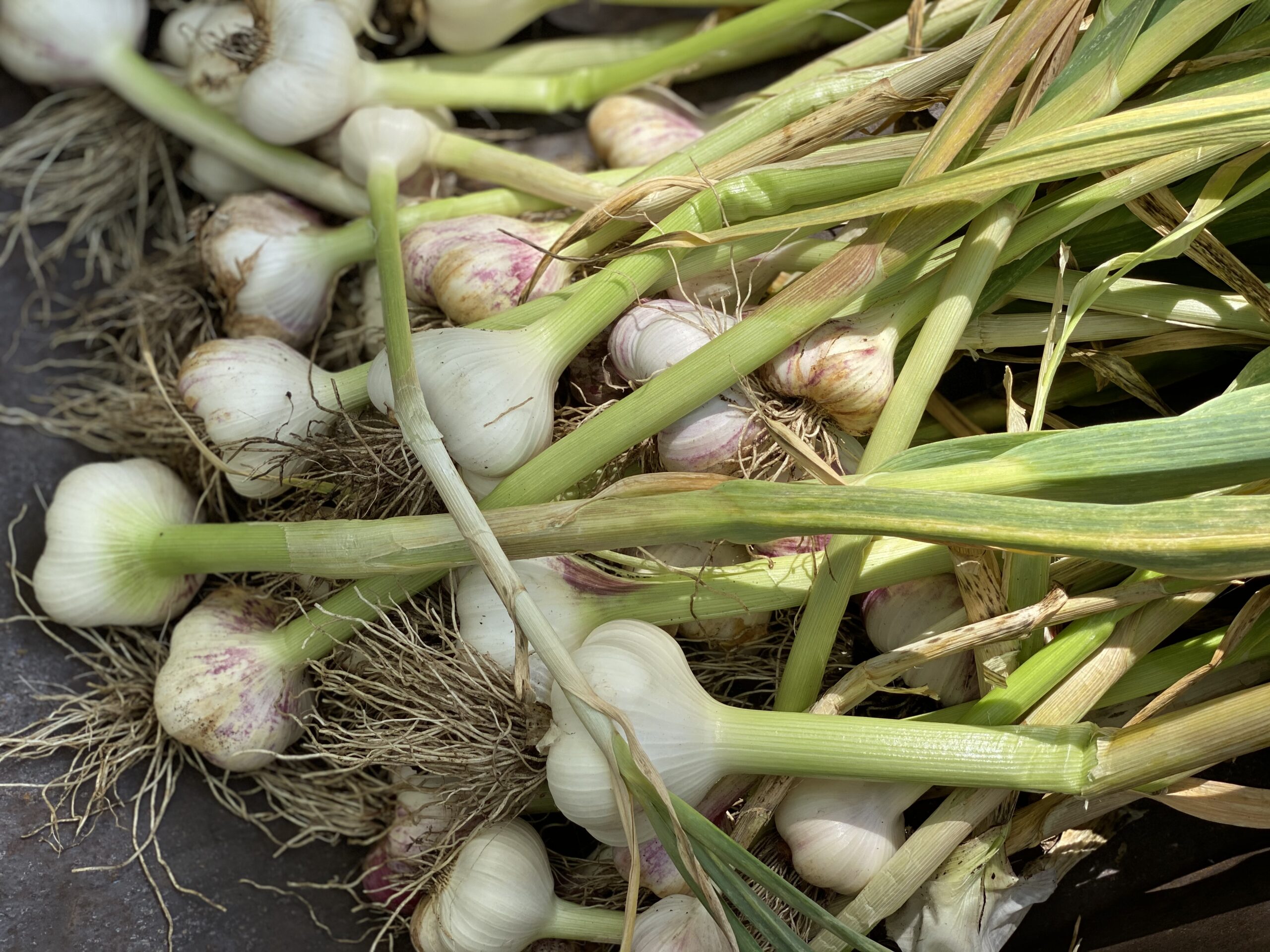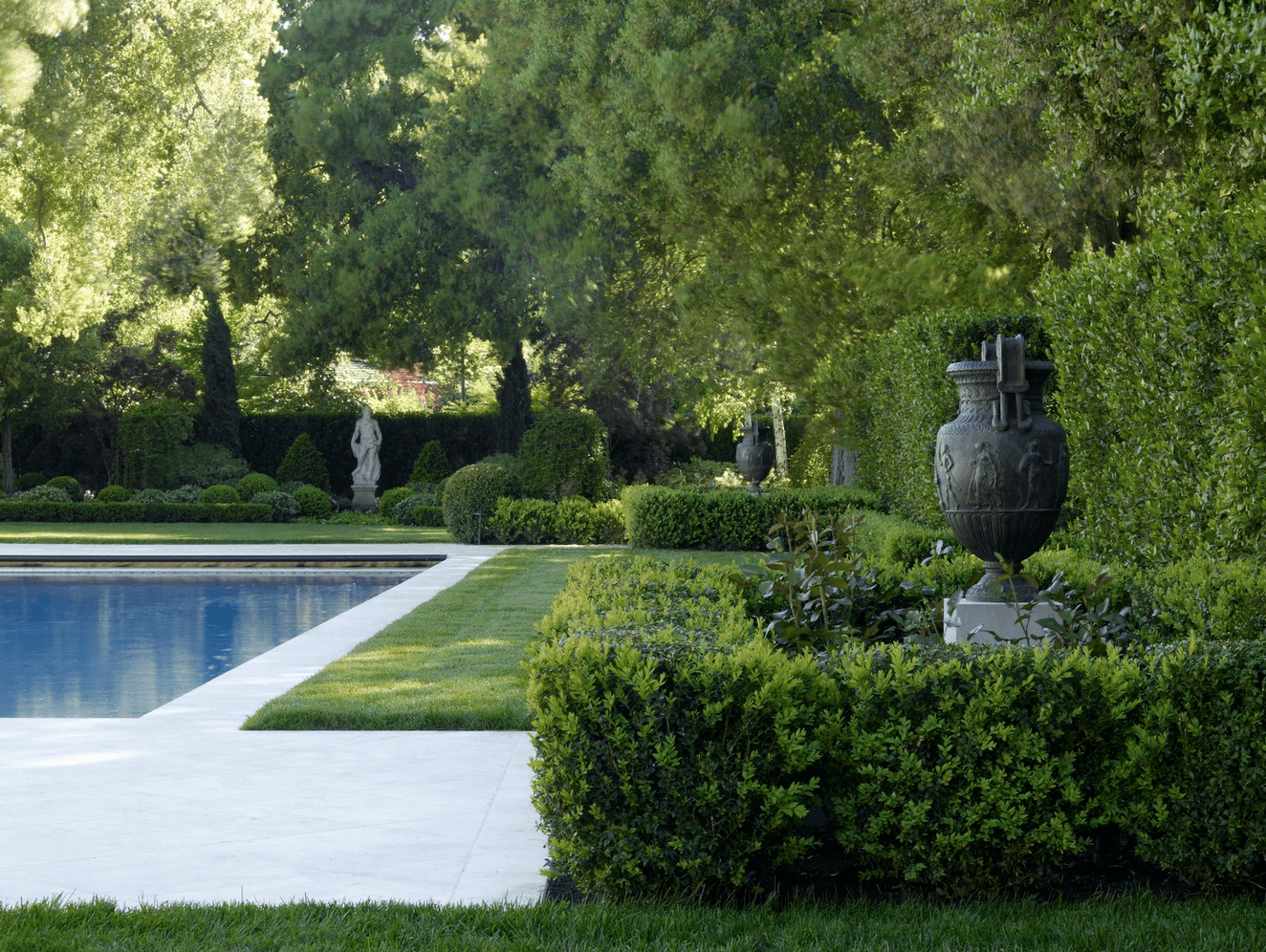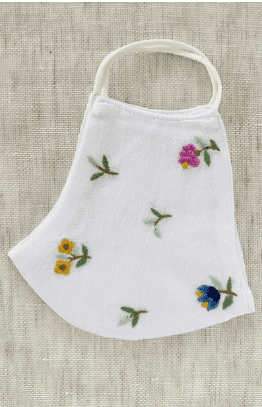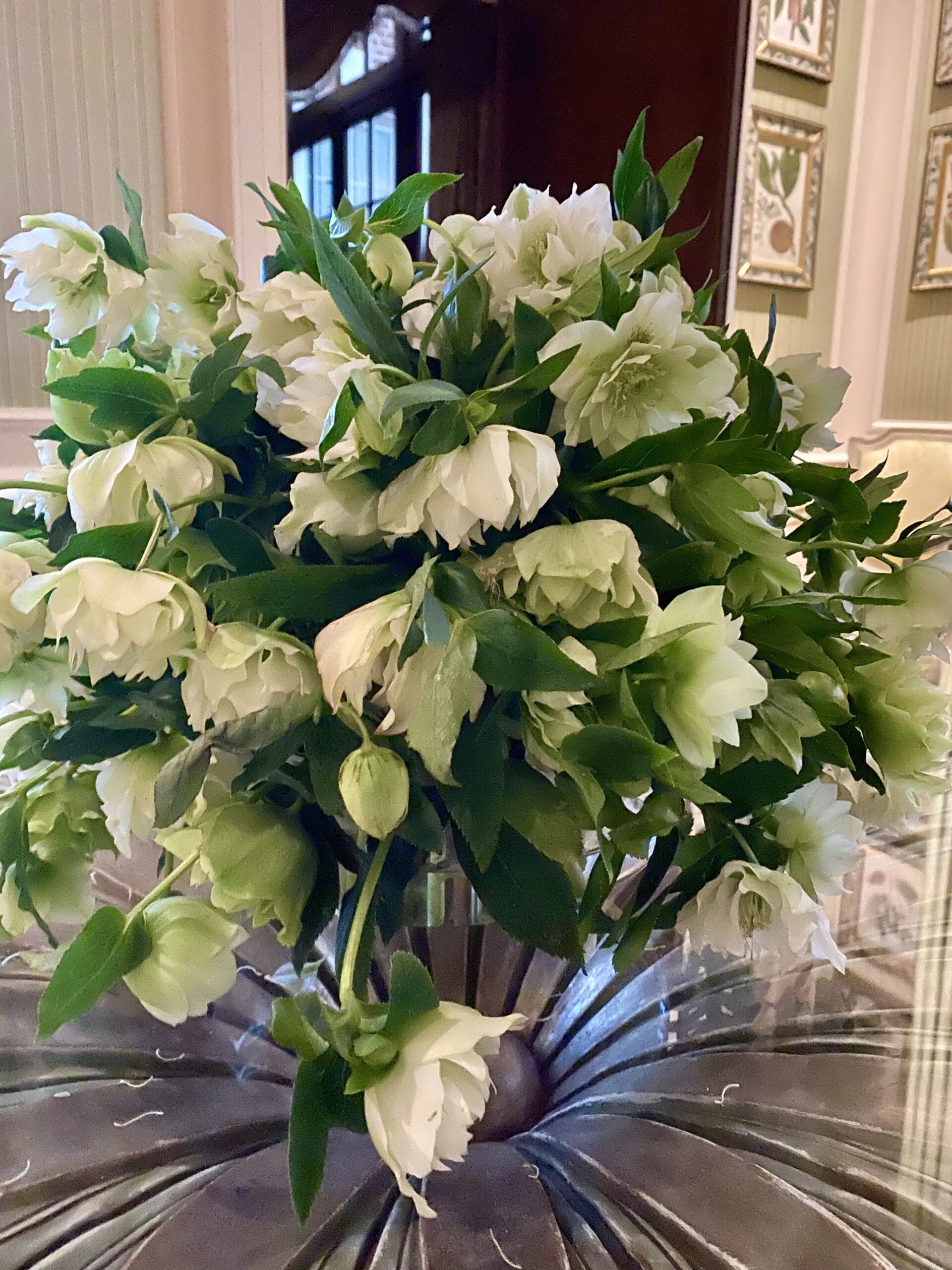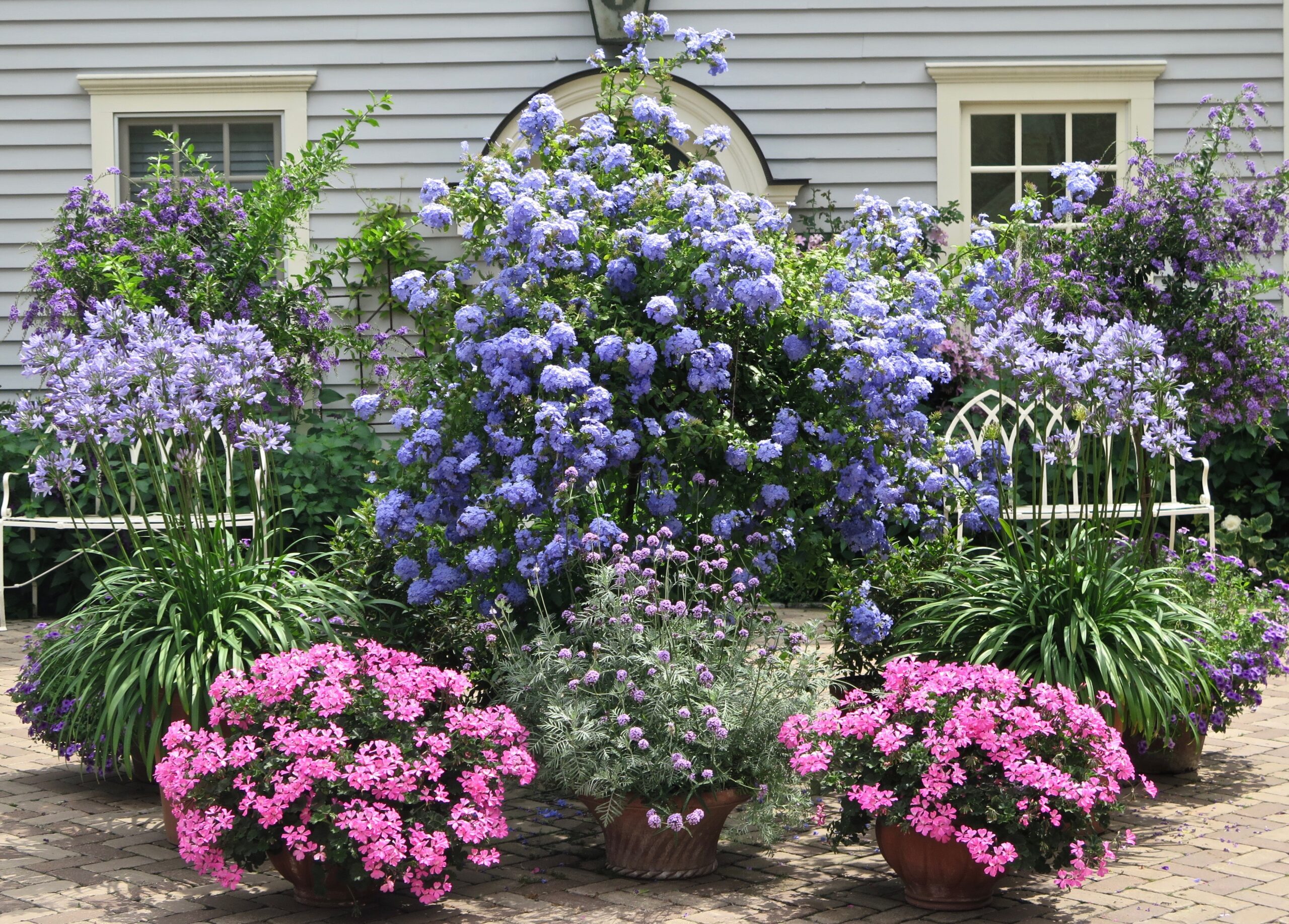Alex and I had the privilege of visiting Japan this spring to take in gardens and important historical sites in several of this beautiful country’s cities and towns. We visited Kyoto, Nara, Kanazawa, Tokyo, Kamakura and Mito and were seduced by the spectacular gardens we saw – unlike any we have seen anywhere else in the world.
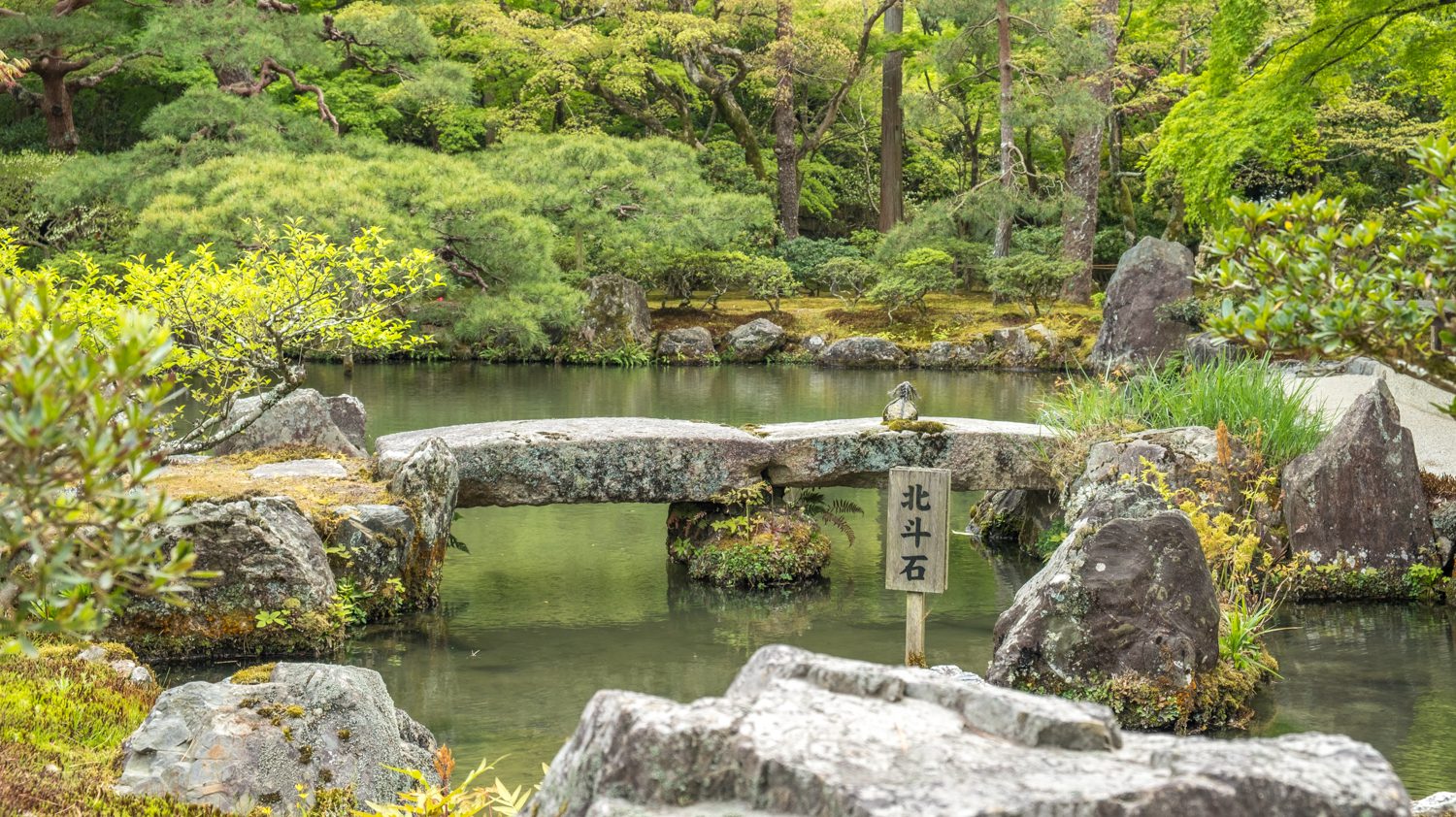

The gardens at Ginkakuji (The Silver Pavilion)
Japanese gardens are expressions of simplicity, serenity and elegance. One thing that is clear from the several gardens we visited is that there are consistent elements from one Japanese garden to the next. The elements are woven together so seamlessly that the gardens seem to be curated by nature, herself.
What are the main elements of a Japanese garden?
Water
Water – small lakes, ponds, streams, waterfalls, fountains and water sounds – are in every one of the gardens we’ve visited. Water represents renewal, calm, wonder and continuity into the hereafter. It is a dynamic element, moving with the wind or the elevations throughout the garden. The most wonderful thing I enjoy about the ponds are the reflections and mirror images you see of the surrounding trees and plants, and much thought is given to the orientation of the ponds to optimize these reflections. Oftentimes ponds provide a habitat for koi which introduce additional color and life to the garden.
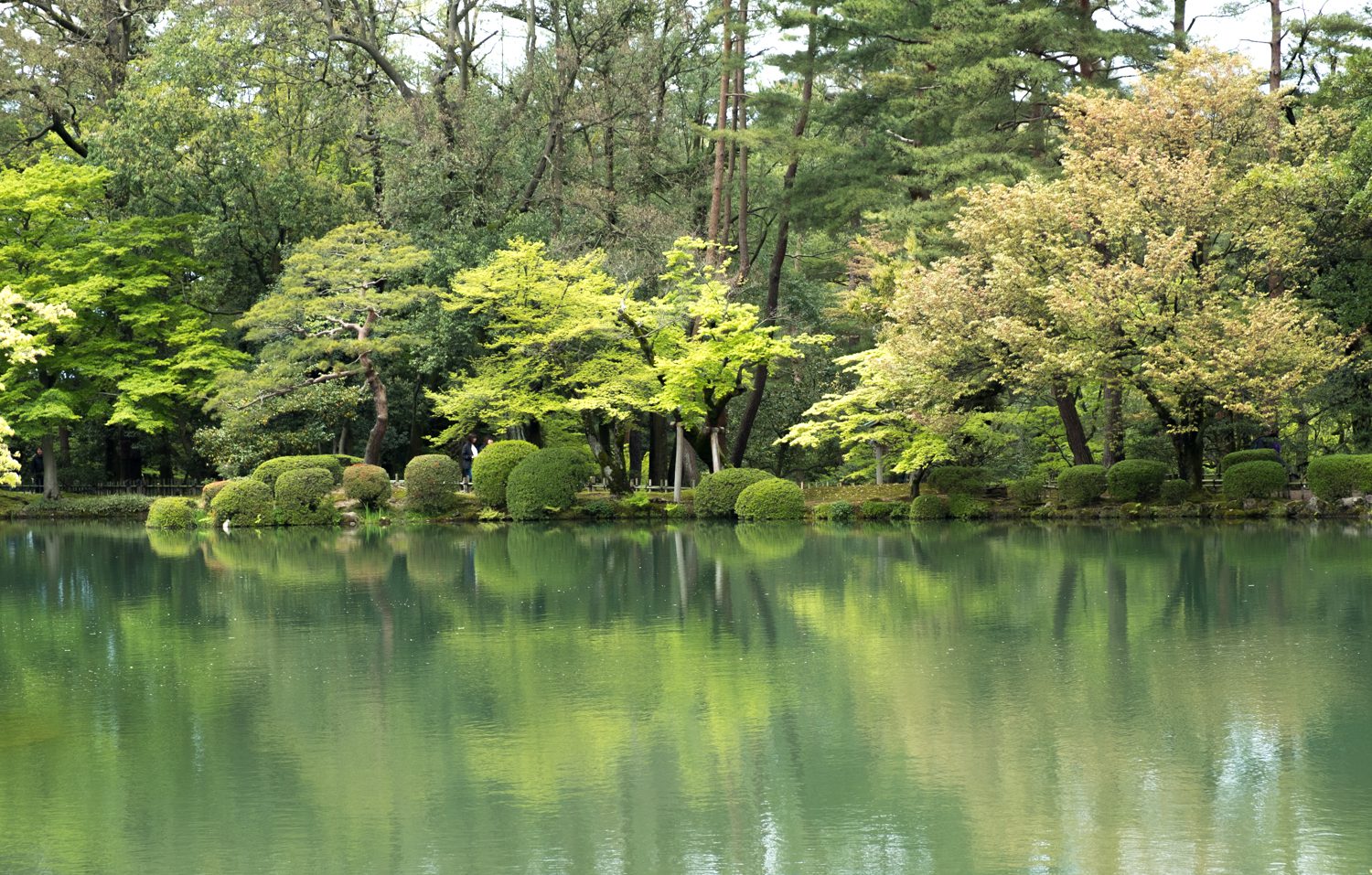

Kenrokuen Garden in Kanazawa
Stones
All Japanese gardens have wonderful stones throughout – stepping stones as pathways, stone gravel pathways, intricately designed stone walkways, and individually curated majestic rocks in the gardens, on islands and in the water. Stones are grounding in a garden and symbolize the omnipresence of the forces of nature. The large stones represent hills and mountains, the low and flatter ones represent the tortoise and longevity, and the standing stones in and around the water represent cranes and longevity. Rocks from different places in Japan have unique and recognizable color and character.
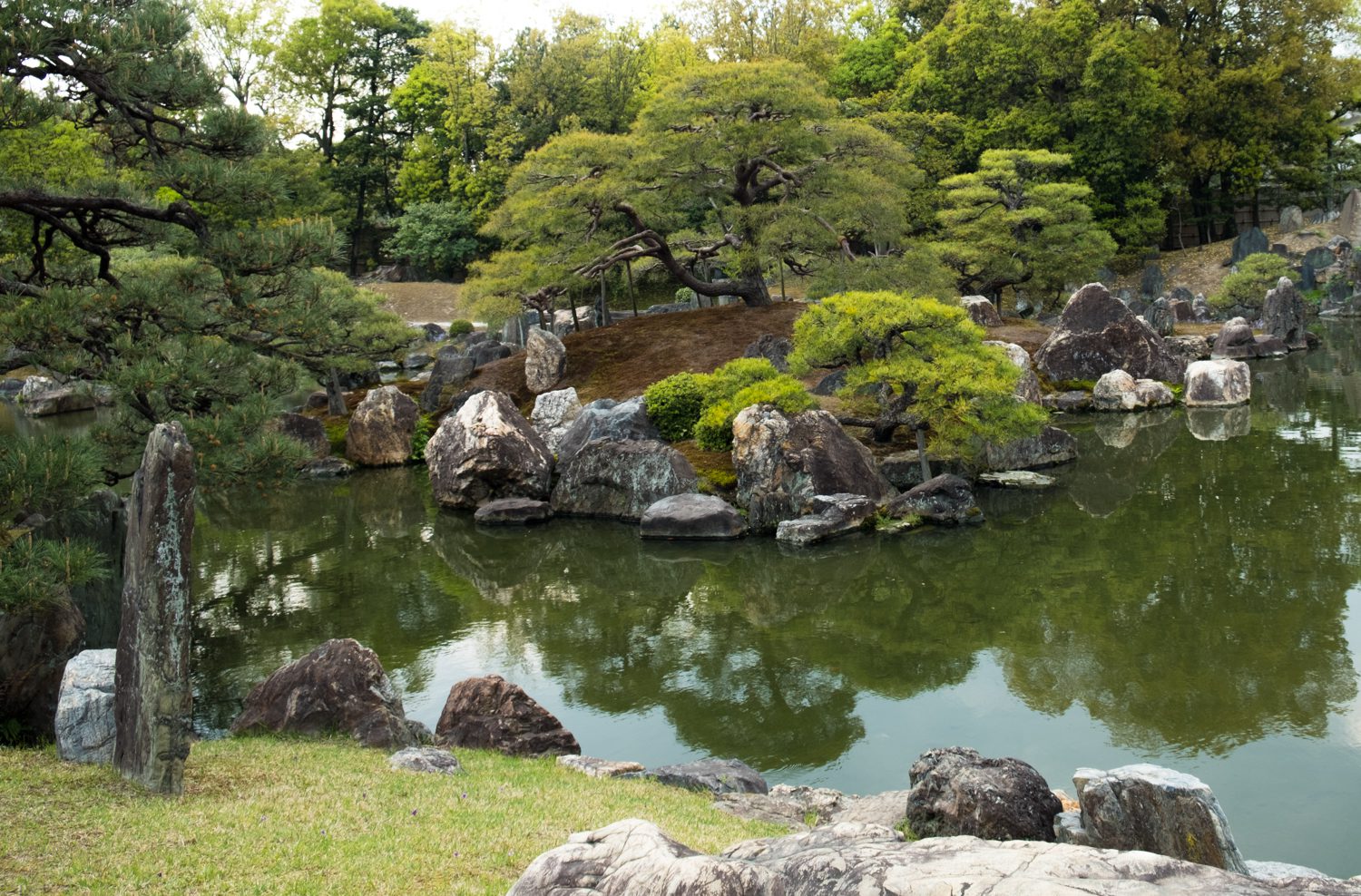

Ninomaru Garden in Kyoto
Not all Japanese gardens have dry gardens, but many do. The small stones or sand as the base, which when raked, are meant to represent water, with large stones contained therein to convey different meanings, often left for the observer to interpret.
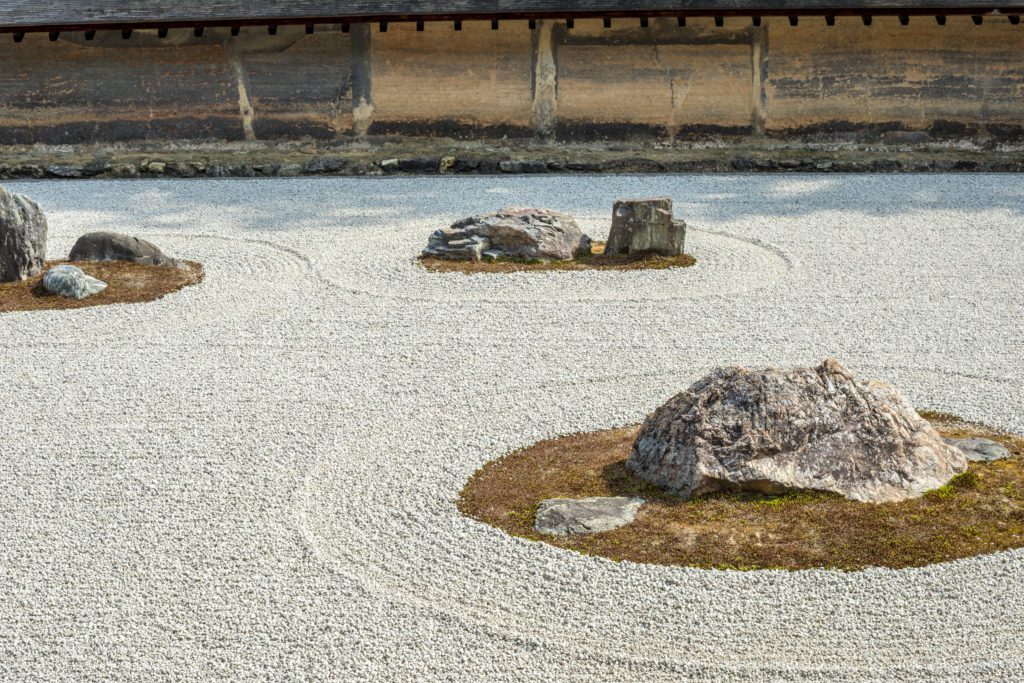

The famous dry garden at Ryoan-ji in Kyoto
Lanterns
With the advent of the tea ceremony in the 16th century, lanterns became a regular element in a Japanese garden. Stone lanterns serve to add to the balance and harmony of the garden.There are three styles of lanterns today: Taima-ji style lanterns are tall and elegant, Korean temple style lanterns have short shafts and large middle platforms and light compartments, thus they appear lower and broader, and garden-style lanterns which are creatively shaped in ways not found at shrines or temples.
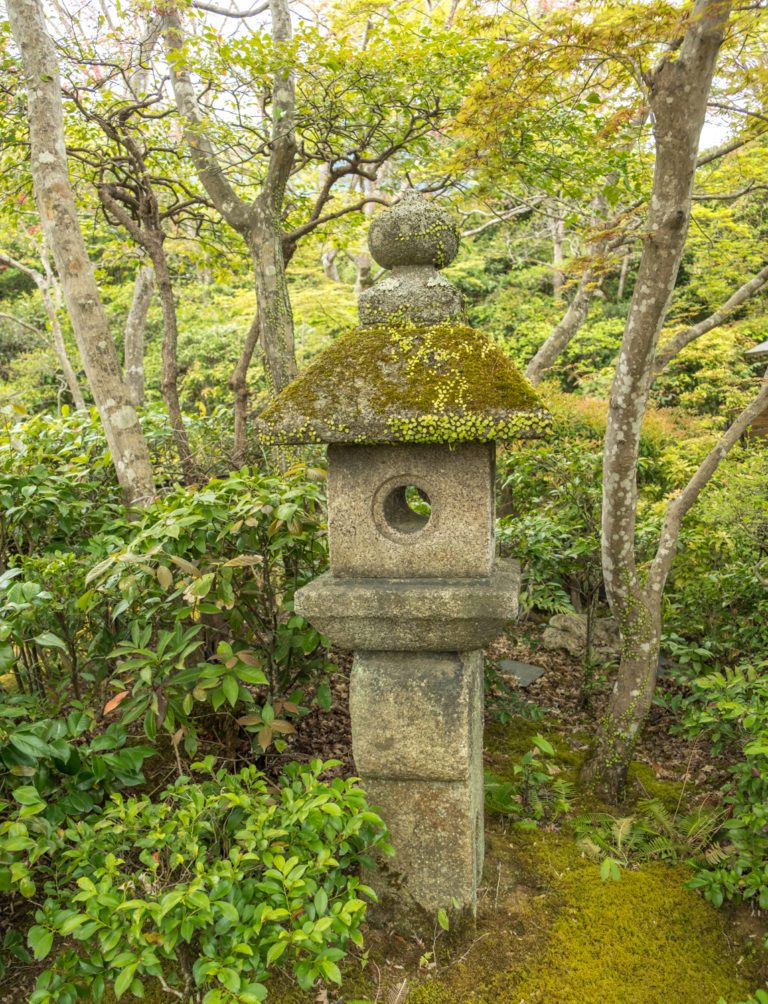

Taima-ji style lantern in Okochi Sanso Gardens in Kyoto
Water Basins
Many gardens contain stone water basins which are used for ritual cleansing, especially before tea ceremonies held in these gardens many years ago. The basins vary in design from simple depressions in uncut stone to elaborate carved stone creations, and are usually provided with a bamboo dipper for scooping up water. These days they appear in gardens primarily as a decorative rather than practical feature. There is often a water basin placed alongside a lantern next to a tea ceremony building within a garden.
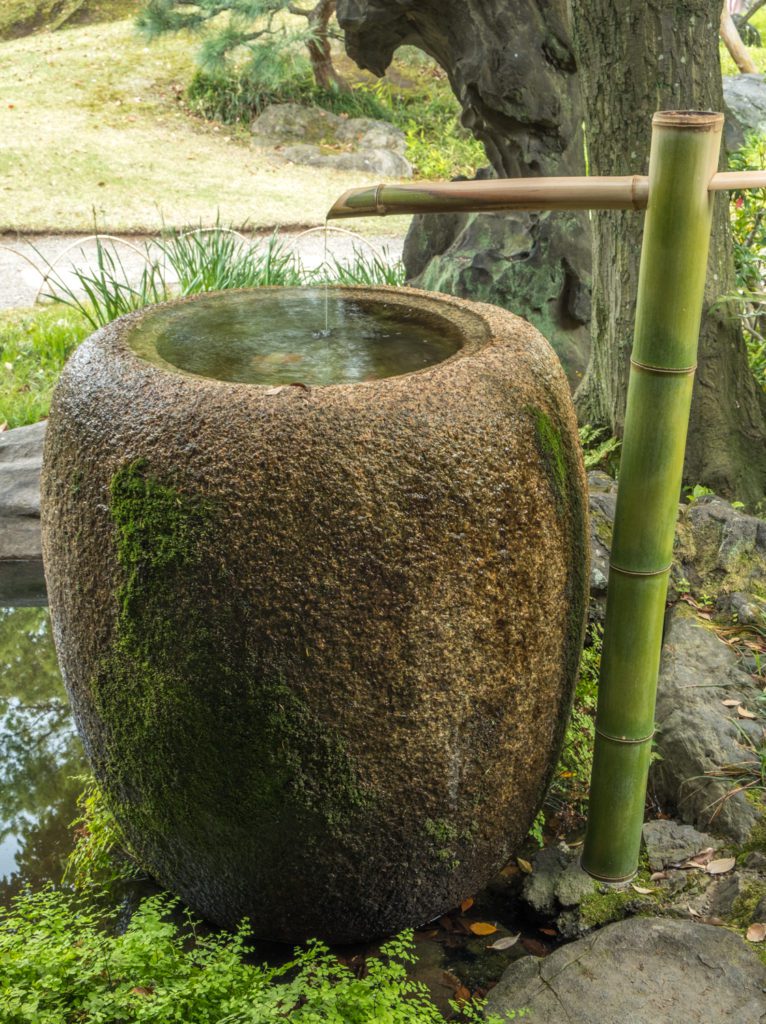

Kiyosumi Teien Garden in Tokyo
Bridges
Bridges are precious features in Japanese gardens, whether you view a bridge from a distance or stand on a bridge to take in a unique perspective of the garden. We have seen so many bridges from different materials throughout Japan – wood, bamboo, stone, painted wood in various colors, or like Katsura Imperial Villa’s stone with cypress moss defining the edges. Bridges quickly became my favorite element in each garden because each one was so unique. Crossing a bridge requires thoughtfulness attention, and intention, as you traverse the water. Without it, it is easy to fall off a bridge into the water!
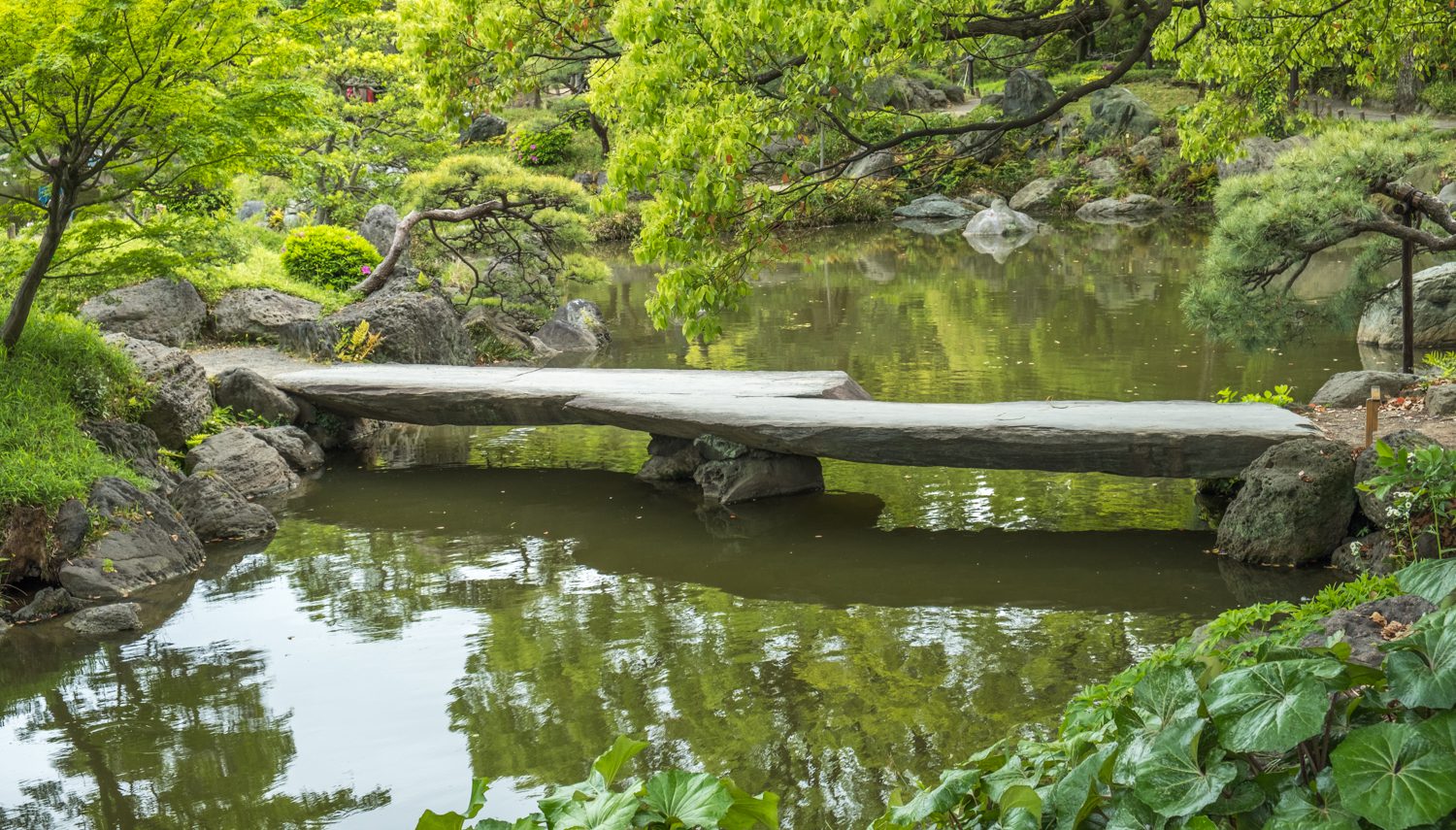

Beautiful bridge in Kiyosumi Teien Garden in Tokyo
Plants
Plants are obviously an essential element in a Japanese garden (even in a dry garden where you will have lichen and/or moss on the rocks as the plant element). They are carefully selected and arranged around the gardens to imitate nature. Trees, shrubs, lawns and flowers of all kinds are used in Japanese gardens – and there are several plants we consistently saw. We saw tons of green and burgundy-colored Japanese maples, cherry trees (for their early April pink blossoms), pine, bamboo, dogwood and plum trees. Mosses are used extensively in all gardens and one garden we visited actually boasted 120 different varieties. Typically, we learned, flowers in a Japanese garden are considered a distraction, so they are used with great thoughtfulness and restraint. We saw many azaleas, rhododendrons, pieris japonica, irises, camellias, peonies – mostly as an accent as would be discovered in nature, rather than a central focus.
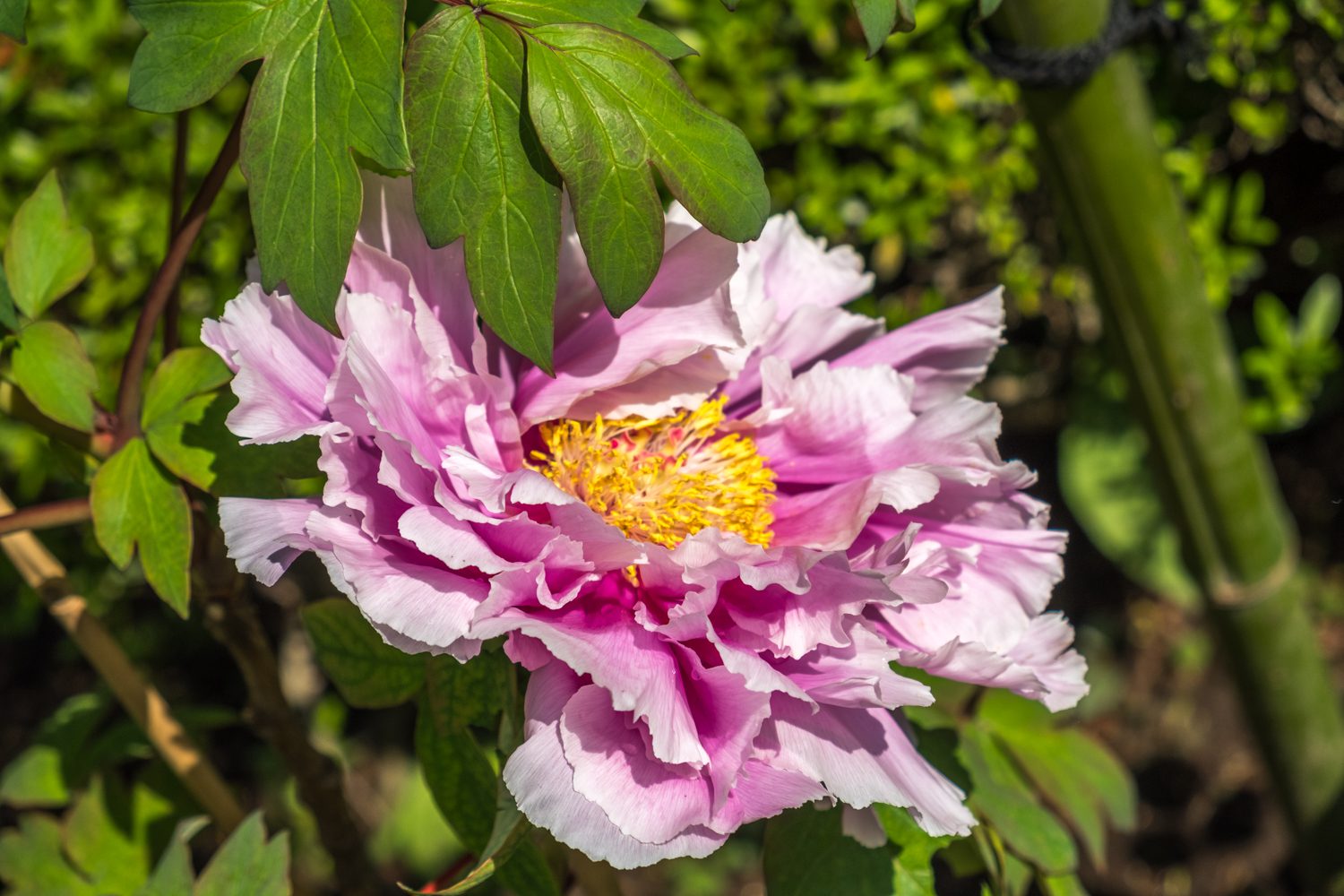

Koi
Ponds often include these beautiful fish, which serve as moving color in the garden. They are endlessly fascinating in all of their different colors and patterns! Did you know that koi can live up to 50 years?
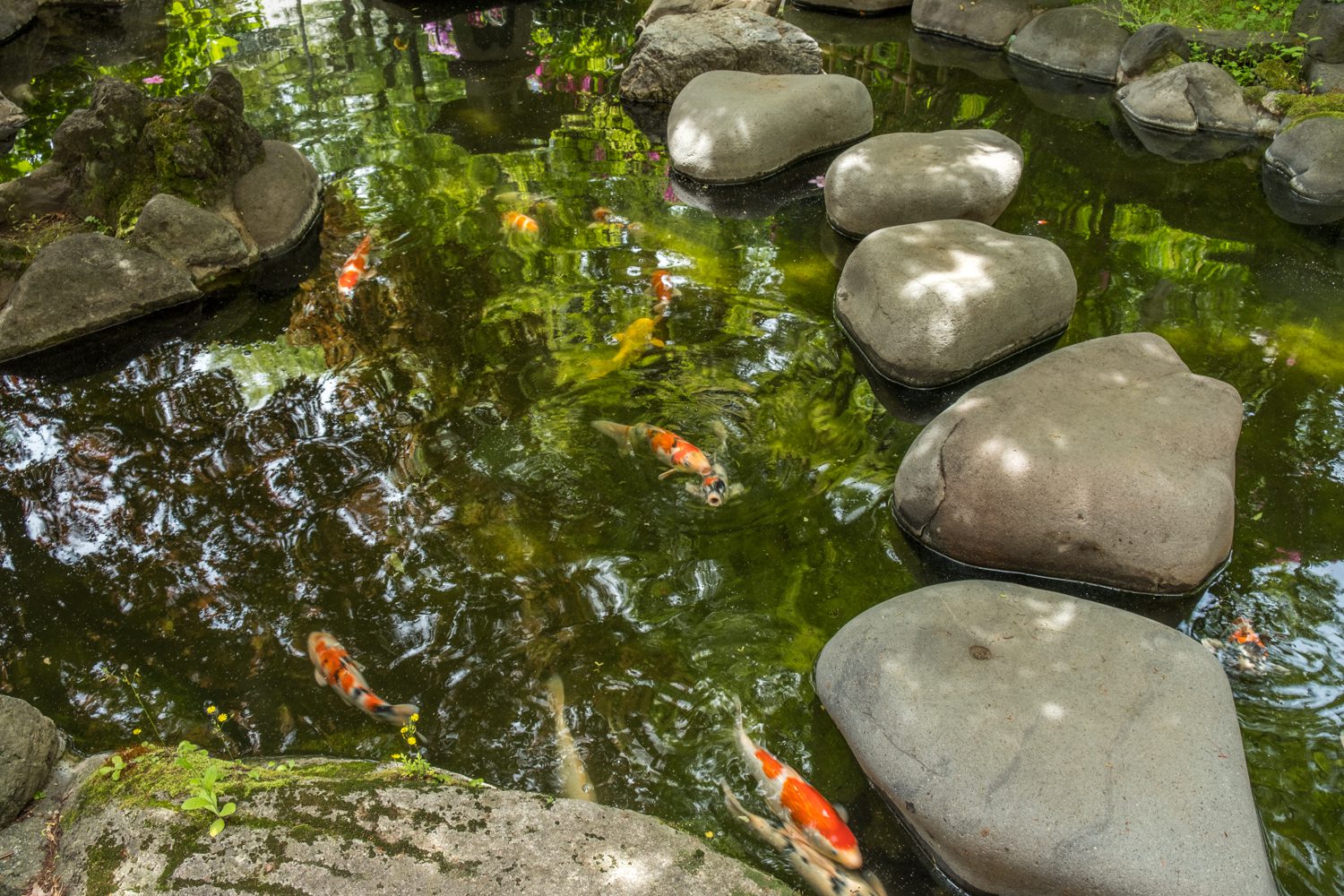

Borrowed Scenery
Borrowed scenery is the concept of integrating the background landscape outside the garden into the design of the garden. Both, natural objects such as mountains and hills and man-made structures can be used as borrowed scenery. In Kyoto, the Arashyama Mountains served as borrowed scenery for the beautiful Tenryu-ji Temple and Gardens, while the Kiyosumi Teien Garden’s “borrowed scenery” was 20th century skyscrapers – obviously a different feeling…
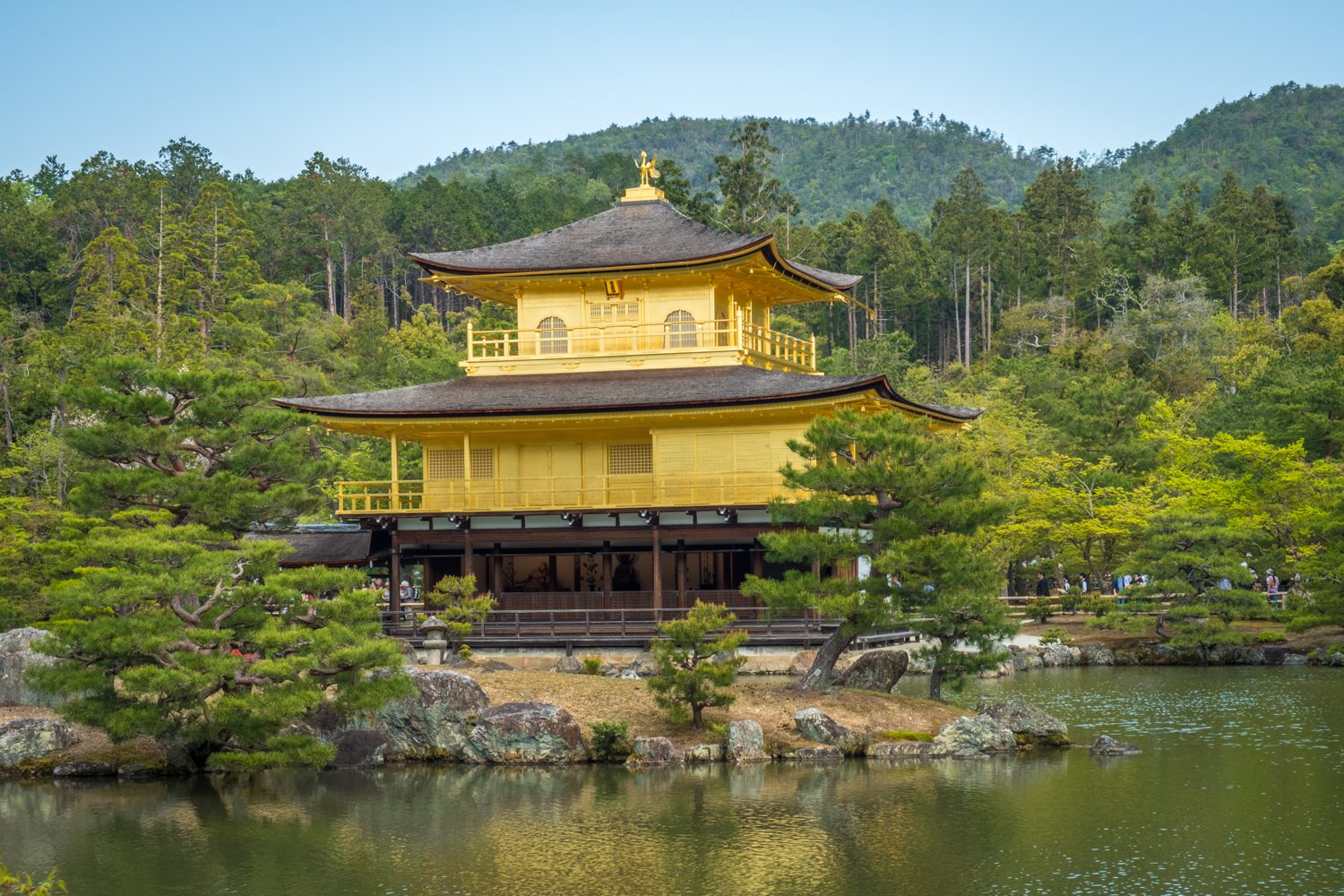

The Golden Pavilion and gardens borrowing scenery from the Arashiyama Mountains
Hills
Many of the gardens we visited incorporated changes in elevation, allowing us to view the garden from many different perspectives. When combined with a borrowed view, the views can be spectacular from the hills.
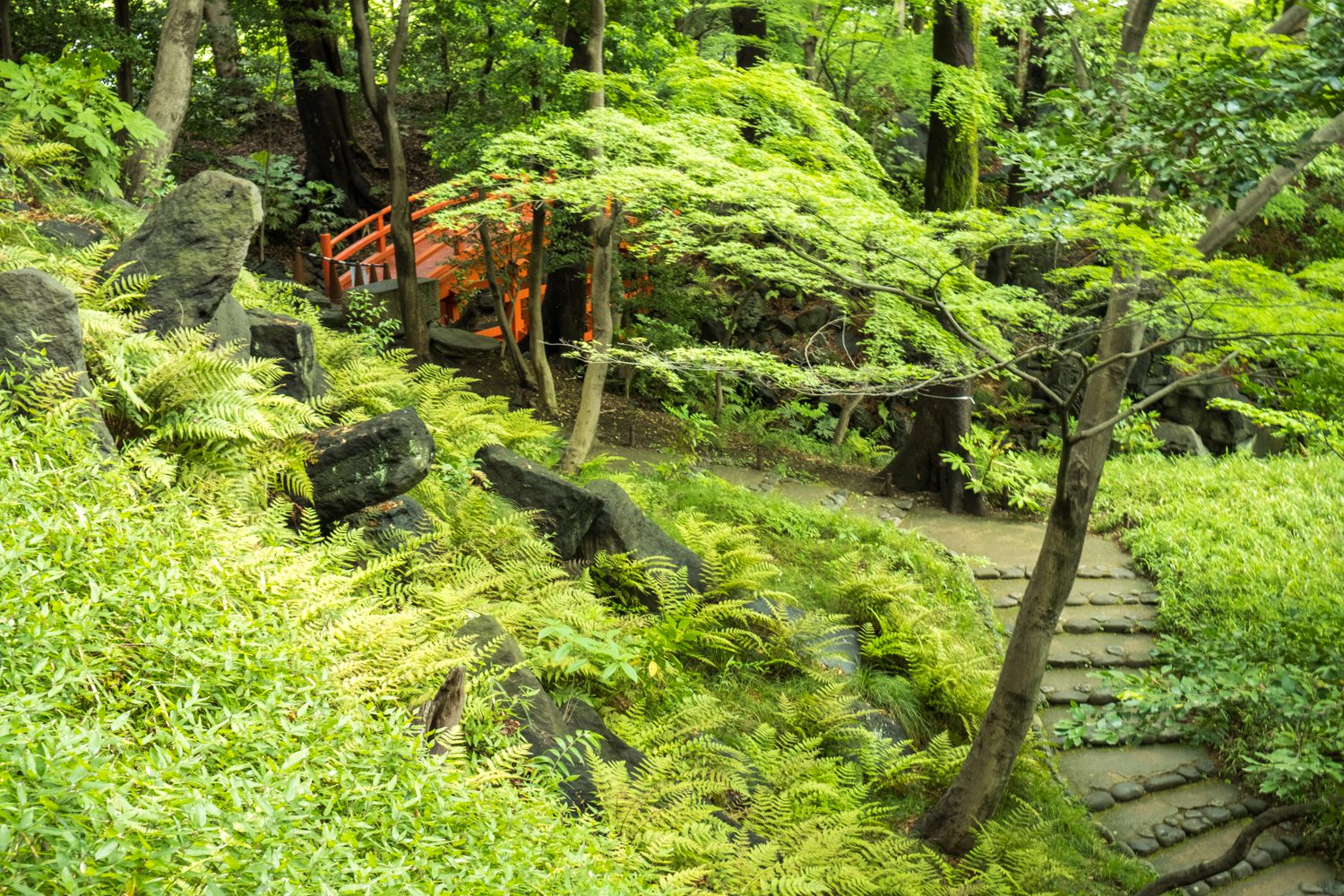

Korakuren Garden in Tokyo
Paths
Paths became an integral part of Japanese gardens with the introduction of strolling and tea gardens. Strolling gardens feature circular paths constructed of stepping stones – in an endless variety of styles, crushed gravel, sand or packed earth, which are carefully prescribed to lead visitors to the best views of the garden. Winding paths also serve to segregate different areas, such as an isolated grove or hidden pond, from each other so that they may be discovered and contemplated individually.
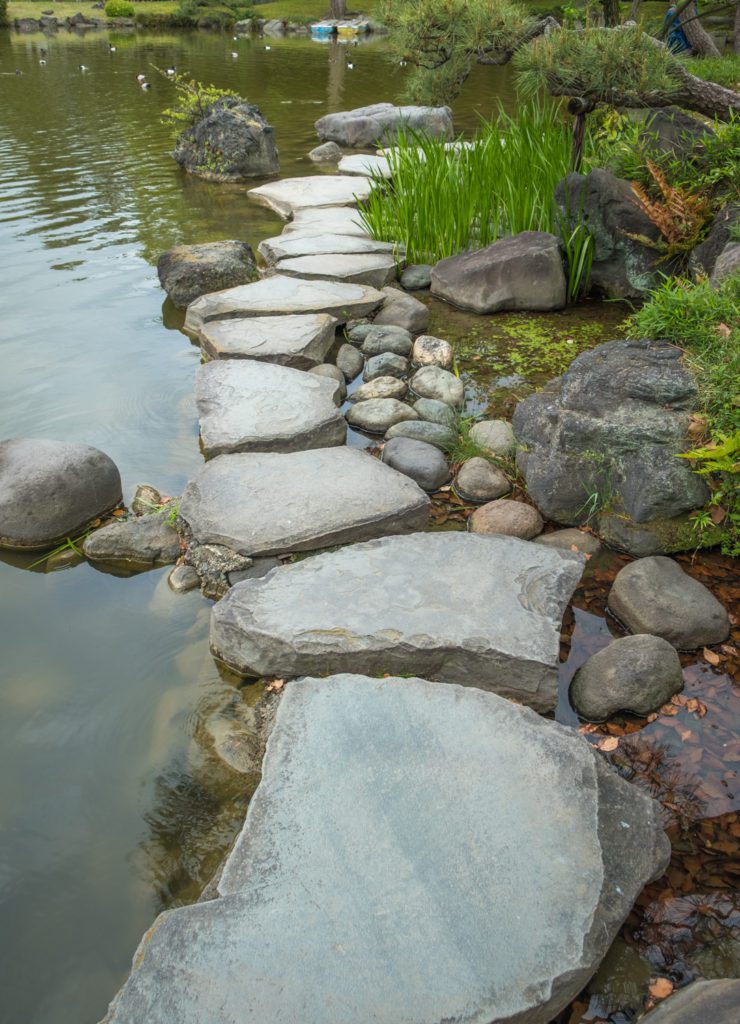

Kiyosumi Teien Garden in Tokyo
Buildings
Many gardens we visited were designed to be viewed from inside a building, such as portions of the Katsura Imperial Villa garden’s tea houses. In contrast, gardens meant to be entered and enjoyed from within, use buildings as a part of the garden’s composition, including pavilions, tea houses and guest houses.
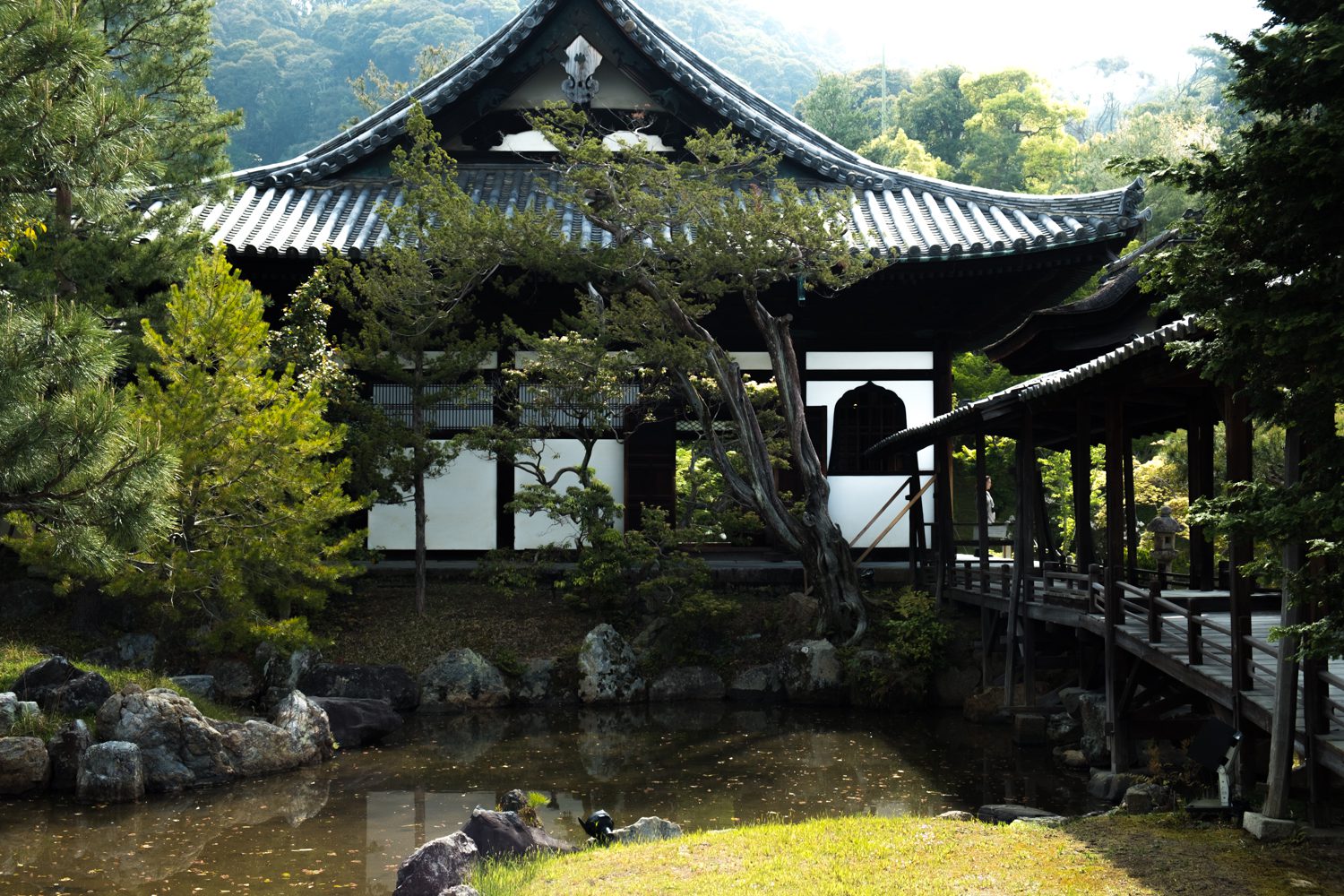

Kodaiji Garden in Kyoto
Love and Maintenance
Finally, what sets a Japanese garden apart from nearly all other gardens is the meticulous and loving care of each of these gardens by the dedicated landscape professionals in each garden. We literally saw teams of individuals on hands and knees picking out weeds from moss lawns – with tweezers!
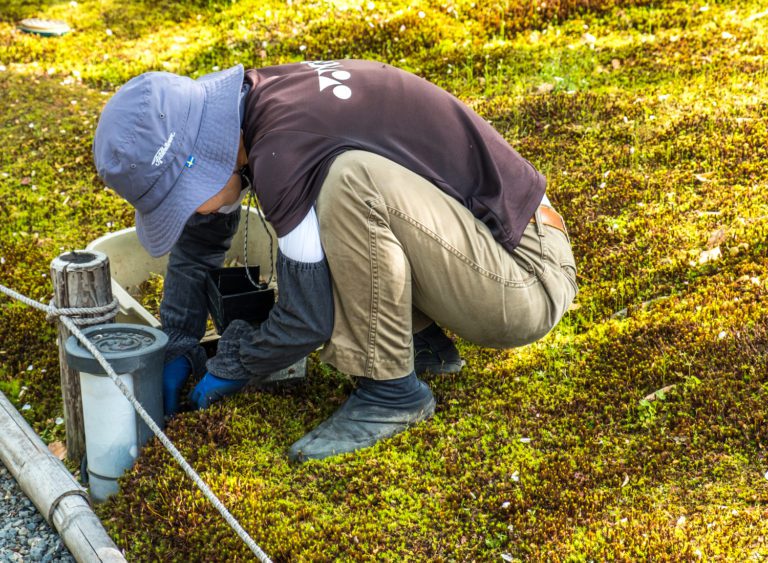

We are officially in love with Japanese gardens! We love the knowledge, intention, love and dedication that goes into creating and maintaining them. I will be sharing each of the gardens we visited in the days to come…

